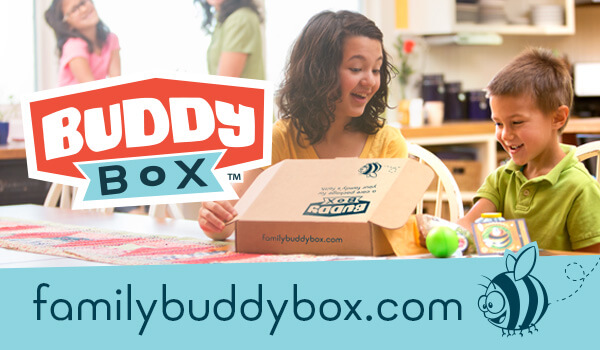Authentic Montessori schools use Dr. Maria Montessori’s three-year cycle teaching style. It refers to the different planes of development that children go through.
First plane (0-6 years) – this is the period of change where the child’s mind absorbs everything like a sponge. First, unconsciously then later with greater awareness.
Second plane (6-12 years) – this is the period of uniform growth. It is also known as the 2nd stage of childhood. Here we develop abstract thinking and see physical changes in ourselves.
Third plane (12-18 years) – this is the period of change divided into the stages of puberty and adolescence.
In Eatontown, our Montessori follows this three-year cycle. We use mixed age groups in our classrooms. We place students in classes comprised of a range of ages: 3 – 6 years, 6 – 9 years and 9 – 12 years.
Some parents still find this classroom setting a surprise. It is wholly different from the traditional style of teaching and may take some getting used to.
But there are some benefits that we get out of this class structure:
-Students develop independence and readiness for the real world
-Mixed-age classes drive students to take charge of their learning. Students choose their course paths, their individual project focus and other activities to take part on. Students are encouraged to create their own path of learning. The school supports this chosen path through complementing schoolwork.
-Older students learn responsibility, independence and competence through supporting younger students in learning. Having a younger peer look up to you for support pushes students to do well in their individual work. They aim to serve as good role models to their peers.
Building these values help students become better individuals even outside the classroom walls. A mixed-age class shows a realistic representation of the outside world. It also aptly prepares our students to face it.
Students are unique individuals
Traditional schools use a blanket approach in teaching classes. This conventional style of teaching disregards individual student’s learning capacity. This approach stresses students who have difficulty catching up with lessons.
In Eatontown’s Montessori school, we view and treat our students as unique individuals. Teachers adjust their learning style based on each student’s learning capacity. They focus on nourishing each student’s individual strengths and address their improvement areas.
Mixed classrooms have teachers and materials that are appropriate to every student’s needs. There are no skipping grades nor failing marks. Students shouldn’t fear getting held back. Our Montessori provides the necessary support system for every student’s academic needs.
Students experience longer teacher observation and engagement
In Eatontown’s Montessori school, students spend several years with the same teachers. They also have the same set of peers for three years. For example, in a classroom with children aged 5 to 7 years old. The children who entered school at the age of 5 will remain with the same teacher for the next three years.
This cycle creates a focused environment for educators. This allows them to develop a deeper understanding of a student’s strengths and needs. This, then, gives them a better position to tailor fit instructions as needed.
In this setting, students deal with peers of different ages. This becomes their practice to develop good interpersonal skills when dealing with others. It also becomes a gateway to foster lasting relationships within the group.
Students develop a sense of family with their classmates
With our Eatontown mixed-age classrooms, students become a “family” of learners. Here, students support and care for each other. Older students guide and mentors their younger peers. The younger students learn to follow instructions and cooperate with their older peers. The spirit of cooperation and mentoring flourishes in this environment.
Our families need good communication and cooperation to work. The same goes for mixed age classes. Here, students learn to clearly express themselves and taught to listen to others. Students practice open communication with their peers and their even their teachers.
Wrap-up
Each child is unique. They have different learning rates and developmental patterns. The rigid grade-level system of traditional schools today may be ill-matched for these needs. It uses a blanket approach that assumes that students are of the same learning level. It brings out a sense of competition between students and wanting to be above others.
In Eatontown, we follow the Montessori style of learning. We have mixed-age classes, individualized schoolwork and a strong support system. With this mixed age set-up, we focus on independent learning and peer sharing. Its a system that works for teachers and highly beneficial for students.



